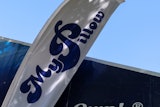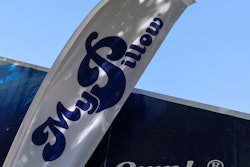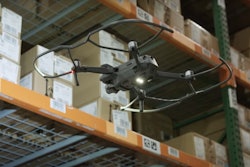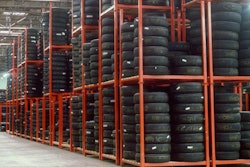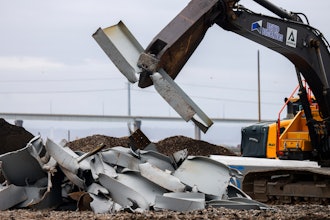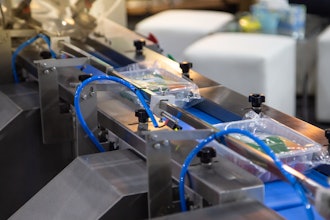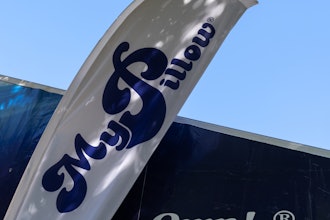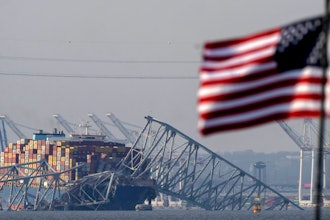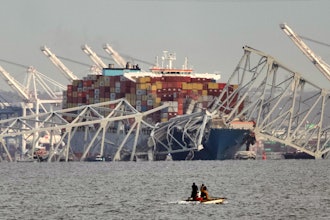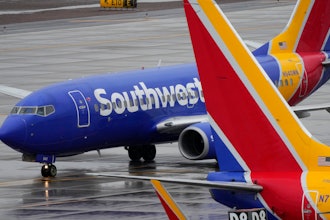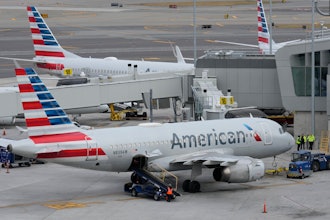It’s a similar story at Land Rover, which in 2007 extended its existing Lean manufacturing to cover vehicles rolling off the production line at its Solihull, England production facility, by implementing Zebra Solutions Vehicle Tracking & Management Solution (VTMS). Newly assembled vehicles move around the site as they are prepared for dealer orders – undergoing testing, configuration setting, rework, rectification etc – so it was a difficult and manually intensive process to establish their precise location and identify and direct each vehicle to the next process.
Hence the goal of this Lean project, which was to minimize dwell times between end-of-line and the delivery chain. Land Rover chose to build on its earlier Lean manufacturing material replenishment project for line-side inventory, re-using that system’s RFID technology to track vehicles efficiently. Basic requirements included: increased visibility of all finished vehicles at the facility, including in the shipping yard; better coordination of post-assembly verification and test processes; and improved management of the quality repair, containment and shipping zones.
Following completion of the project, Dave O’Reilly, IT manager for manufacturing and purchasing at Jaguar and Land Rover, reports key benefits as: improved labor productivity, specifically in terms of vehicle status checks and searching for vehicles in the yard; higher production velocity and throughput of cars; the ability to expedite shipping on a daily basis; and better use of Land Rover’s facility, due to reduced inventory and carrying costs, alongside better space utilization.
O’Reilly also cites improvements in vehicle quality management, achieved by implementing procedures that ensure vehicles are shipped only once all steps are completed and verified. And he reports improved documentation covering both the vehicles and the processes, as a result of data capture – not only of each car’s progress, but also of the information necessary for flow analysis to enable Lean-based continuous improvement. Examining those achievements in terms of Lean manufacturing’s seven wastes, again we find: significant cuts in excess inventory, due to higher production velocity and throughput, translating directly into lower WIP carrying costs; decreased waiting, due to efficient vehicle finding and assessing processes; and reduced motion, since operatives no longer need to search the yard to find vehicles.
How Does It Work?
The solution relies on reusable active RFID tags (transmitters) placed in vehicles as they leave the captive sequence of the assembly line. Each tag is linked in the VTMS database to the VIN record which contains all of the attribute and quality data associated to the vehicle. As the vehicle moves through the offline process areas, Zebra WherePort exciters force the RFID tag to blink, which allows the system to capture process area arrival and departure times precisely. As the vehicles move through processes or in and out of storage locations, 130 wireless WhereLAN location sensors (on ceilings and outdoors on light poles and building corners) precisely locate the vehicle down to a parking spot or work cell. This information goes to Zebra Visibility Server Software, which analyses the time vehicles take to pass through key processes, comparing those with the expected time to identify main areas for improvement. Zebra VTMS includes workflow, with configurable rules for vehicle model, destination or task, and the data can also be used to issue dwell time alerts or create alternative workflows, if the system detects bottlenecks. Also, shipping yard staff with handheld RFID readers scan the vehicle RFID tags to verify vehicle shipping status, to ensure that vehicles are not released before completing required processes.
In the future, Land Rover is considering expanding the VTMS to additional facilities as well as other processes within its factories and in its extended supply chain.
See the original whitepaper at www.zebra.com.
